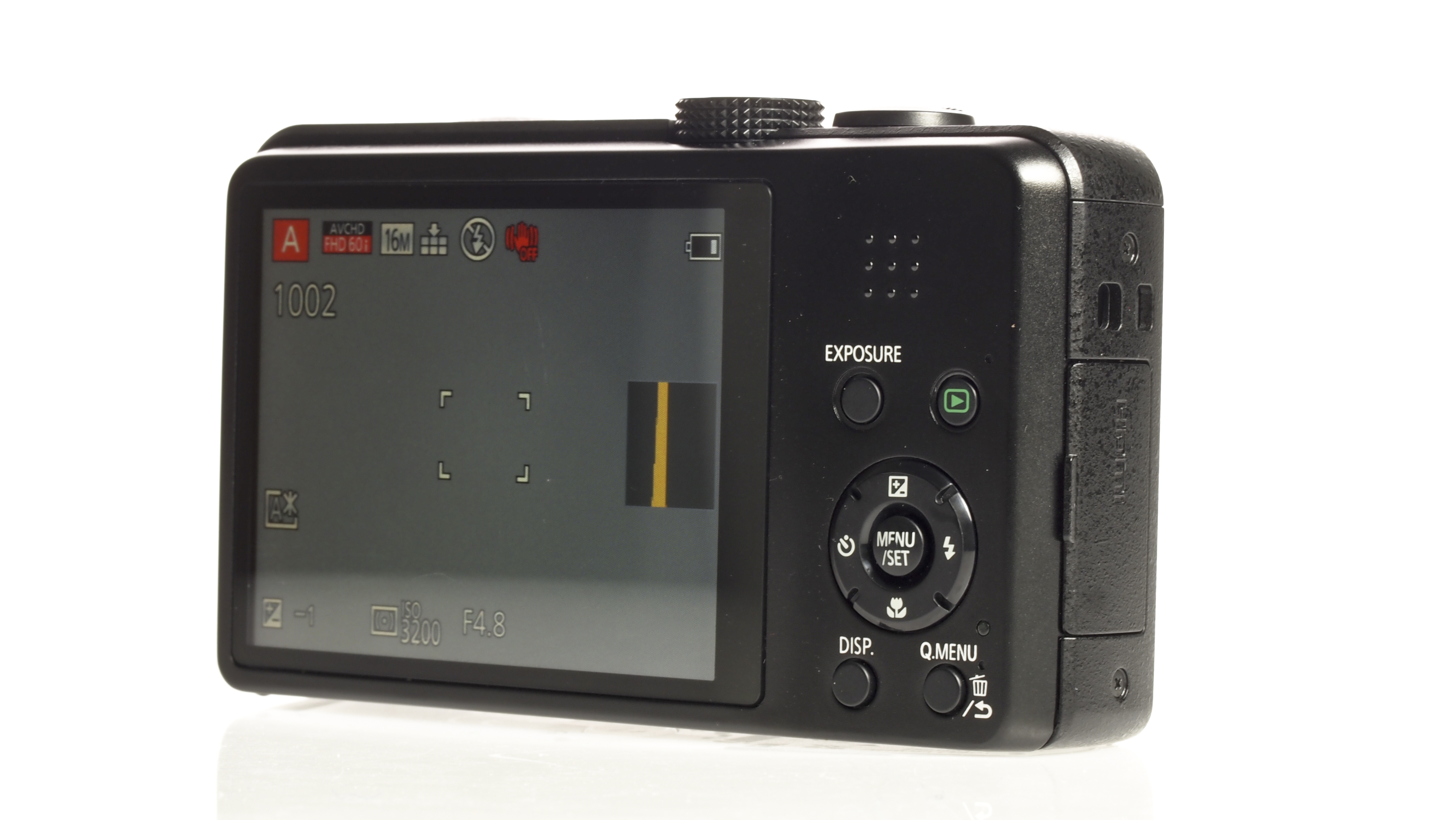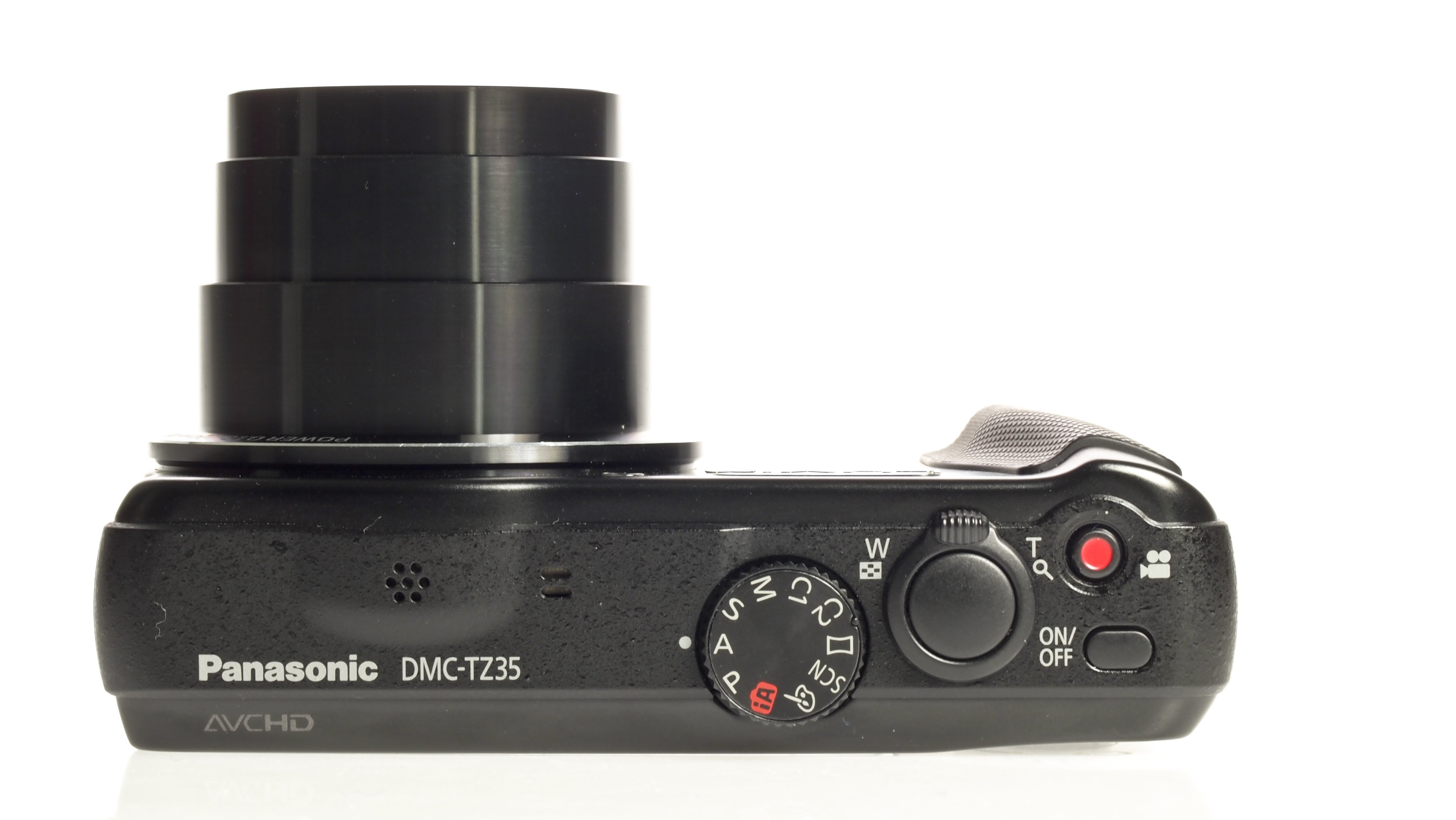Why you can trust TechRadar
In terms of performance, the Panasonic ZS25 is reasonably similar to its predecessor. Start-up time is quick, and now that there's no playback mode switch, you're always ready to go as soon as the camera is switched on.
One slight worry is the battery life of the camera, especially considering this is a travel option. With reasonably moderate use, we've found that the camera can only just about last a day - we can imagine that if you're getting very snap happy on a family holiday, it might not even stretch to that.
Battery recharging is done by plugging the USB cable into the camera itself. This is becoming more common, but some people may not appreciate it and prefer to have a separate battery charger.

Focusing speeds are pretty impressive on the Panasonic ZS25, with most subjects acquired quickly and easily without too much hunting around. It seems a big shame that a camera with this much manual control doesn't enable you to change autofocus point though.
When the light starts to drop, the Panasonic ZS25 hunts around a little more to capture the subject, but overall the performance is very good.
We've been impressed by the picture quality of cameras in the ZS range before, and we're pleased to say that the Panasonic ZS25 is no different. Images display a good level of detail, excellent color with plenty of punch.

We have found that on occasion, there is some example of image smoothing when viewing images at 100 percent, but this shouldn't be an issue when printing at normal sizes or viewing online.
Clearly, one of the key selling points of the Panasonic ZS25 is its extensive zoom range, with a 20x optical zoom on board. Images taken at the furthest reach of the telephoto optic look good, resolving lots of detail, and giving lots of flexibility when shooting a variety of subjects.
The camera's Power OIS (Optical Image Stabilisation) does an excellent job of preventing blur from camera shake when shooting handheld, even when shooting at the furthest reach of the telephoto optic.

When shooting at high ISOs, such as ISO 1600, there is noticeable smoothing, especially when looking at the image at 100 percent, but again, this is less noticeable when printing at normal sizes, or publishing the image online.
As is increasing in prevalence, the Panasonic ZS25 has quite a wide selection of digital filters, and again if you're familiar with the Panasonic G series of compact system cameras you will have seen these filters before.
As always, whether you like them is down to personal preference, but there are some here that we really enjoyed using, particularly Dynamic Monochrome and Cross Process. Many of the filters are also customizable, so there's plenty of scope to get really creative.

Unlike the G series of cameras though, the Panasonic ZS25 doesn't shoot in raw format, so should you decide that you don't like the filter down the line, you're pretty much stuck with it.
The screen on the back of the camera is generally a good performer, not suffering too badly from glare or reflection. However, if it's very sunny, it can be difficult to see at times.
One useful setting is the Monitor Luminance option, which can be reached from the Quick menu. This enables you to change the brightness of the screen depending on the angle you want to shoot from, which is especially handy when shooting over the head (at concerts and so on). Use Auto Power Monitor for everyday situations.

Current page: Performance
Prev Page Build quality and handling Next Page Image quality and resolutionAmy has been writing about cameras, photography and associated tech since 2009. Amy was once part of the photography testing team for Future Publishing working across TechRadar, Digital Camera, PhotoPlus, N Photo and Photography Week. For her photography, she has won awards and has been exhibited. She often partakes in unusual projects - including one intense year where she used a different camera every single day. Amy is currently the Features Editor at Amateur Photographer magazine, and in her increasingly little spare time works across a number of high-profile publications including Wired, Stuff, Digital Camera World, Expert Reviews, and just a little off-tangent, PetsRadar.

